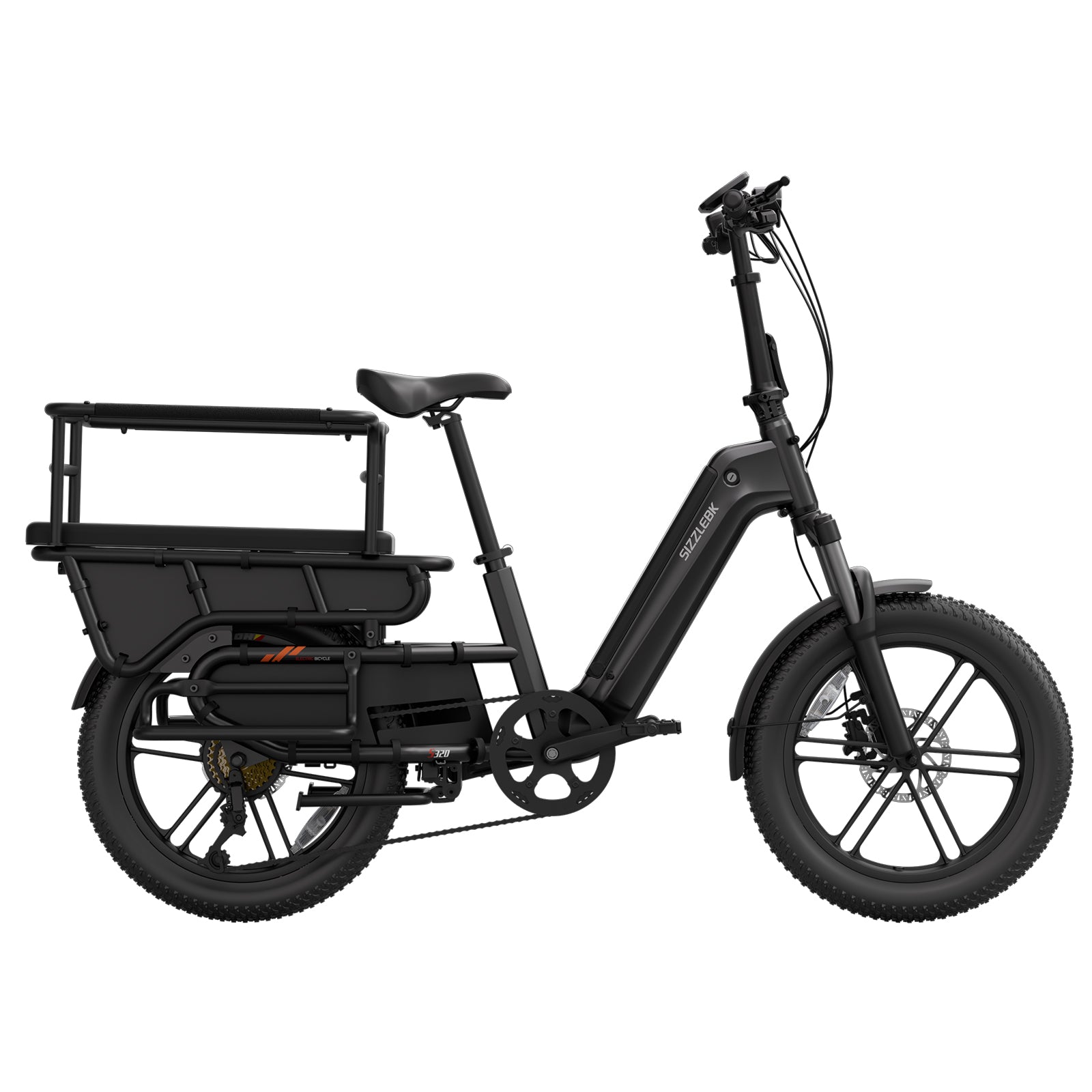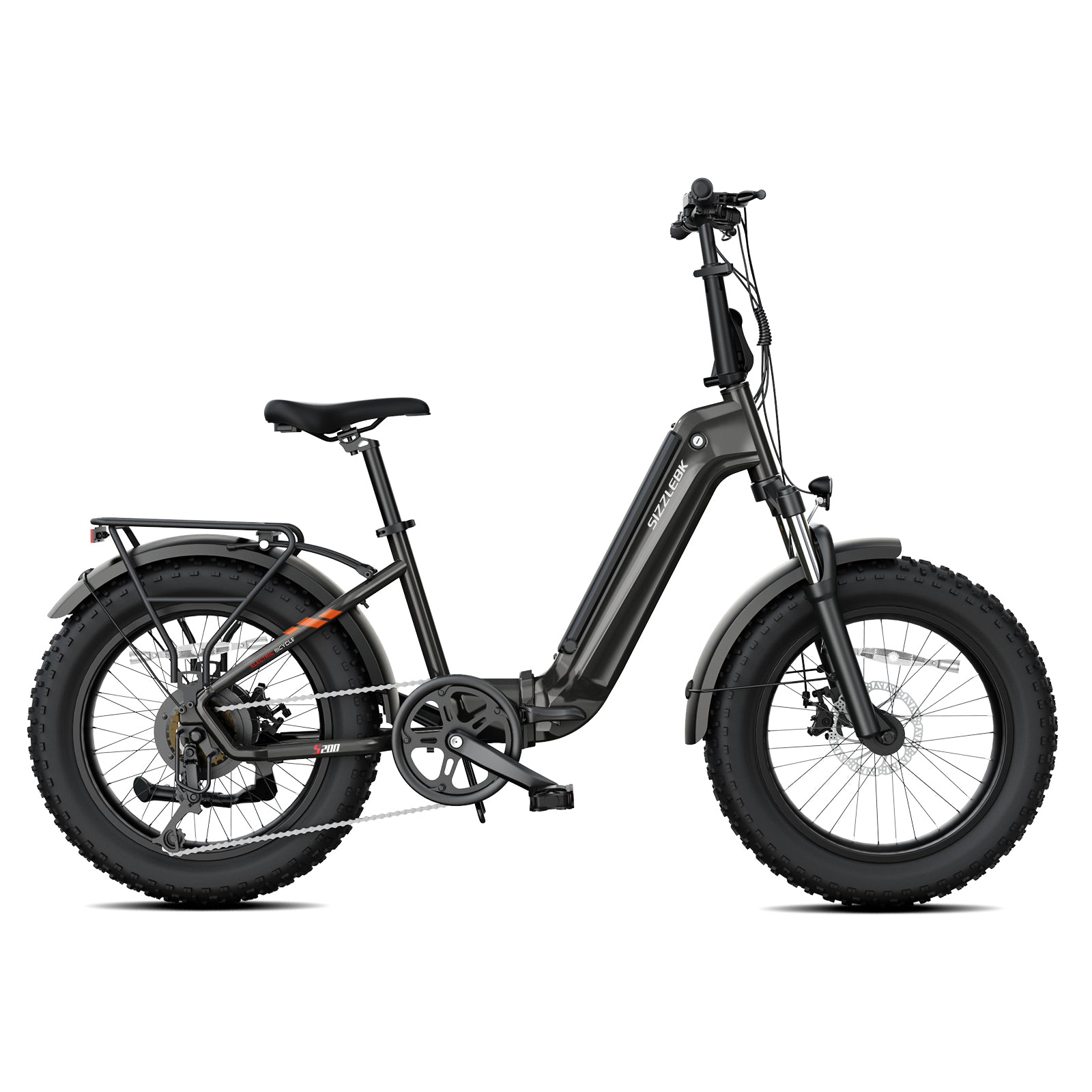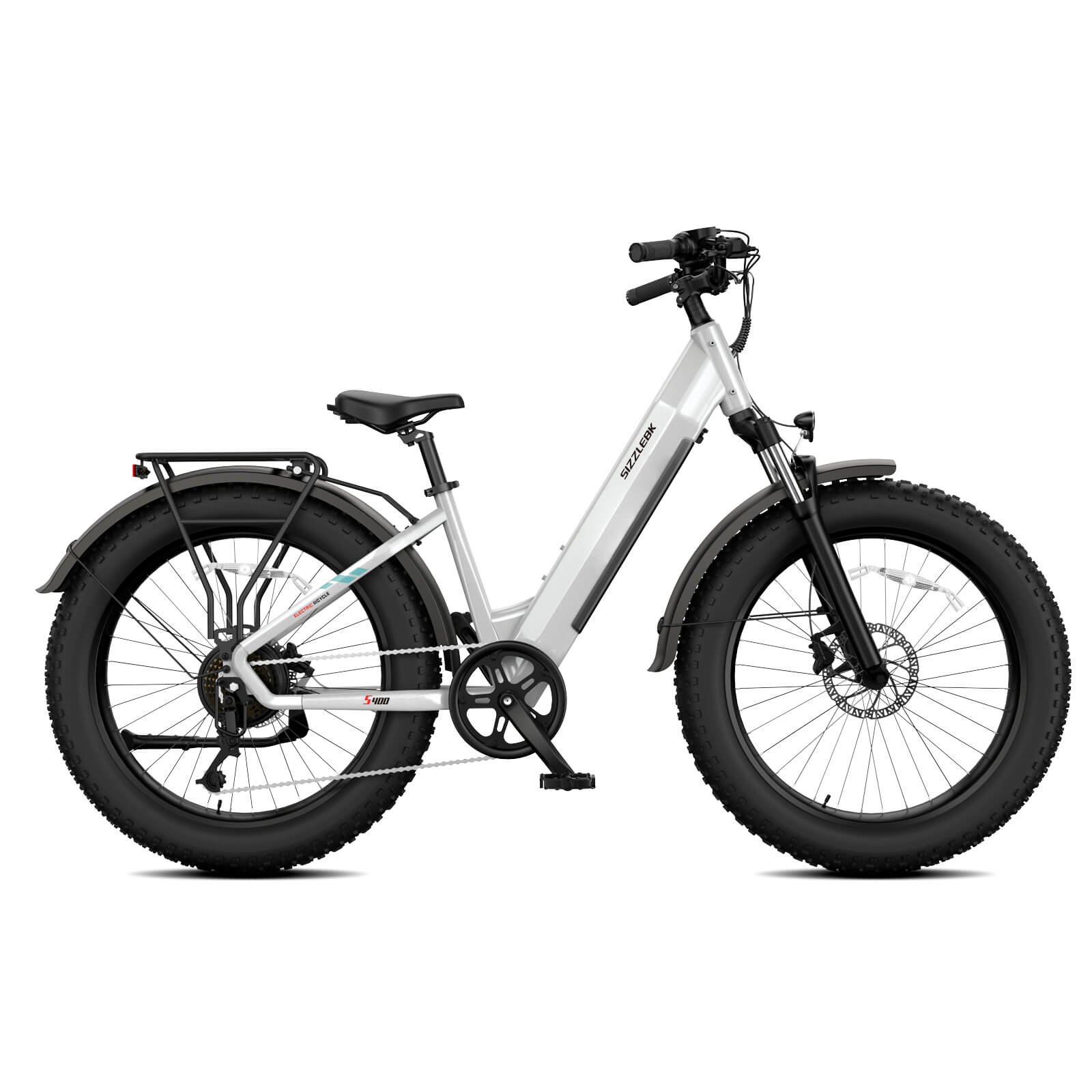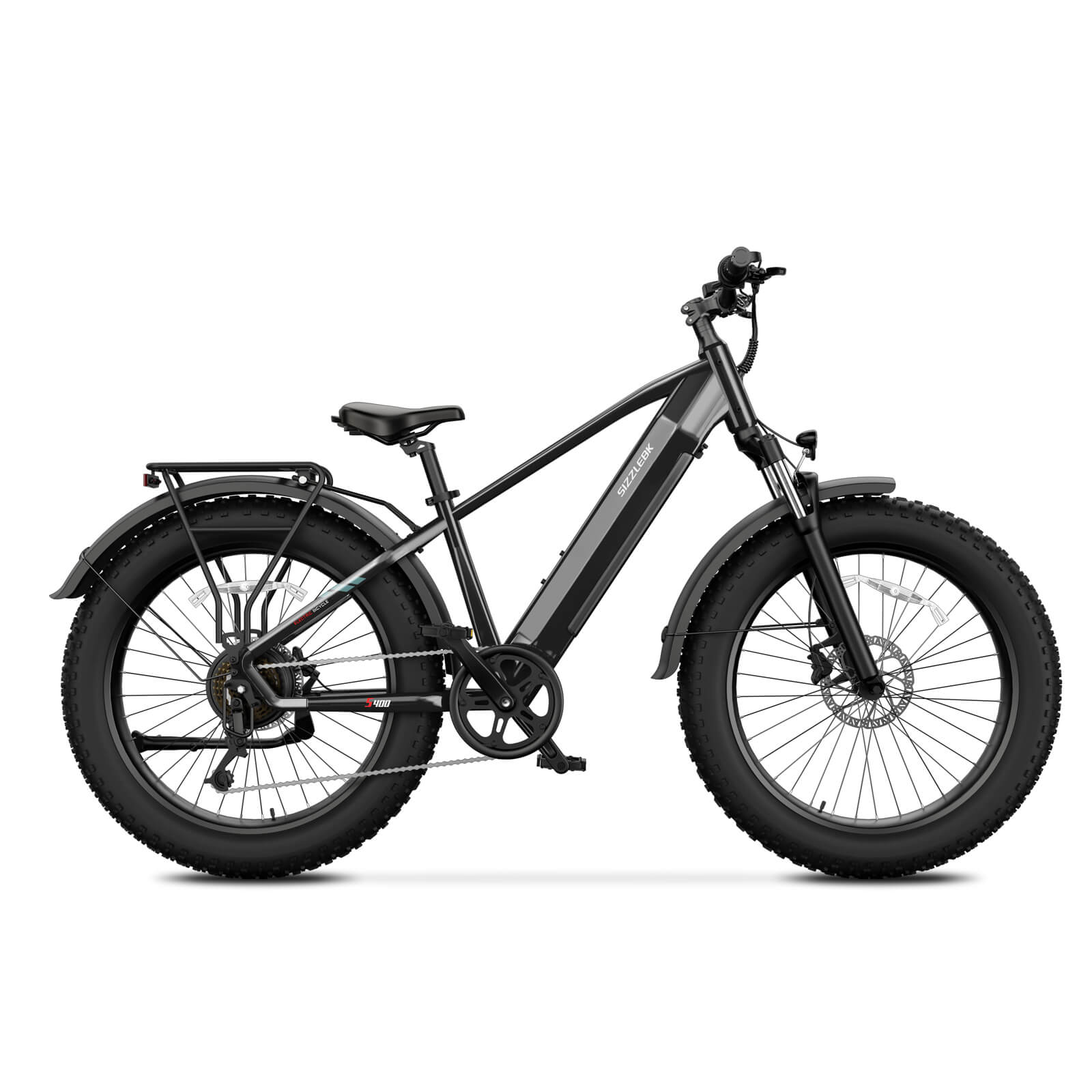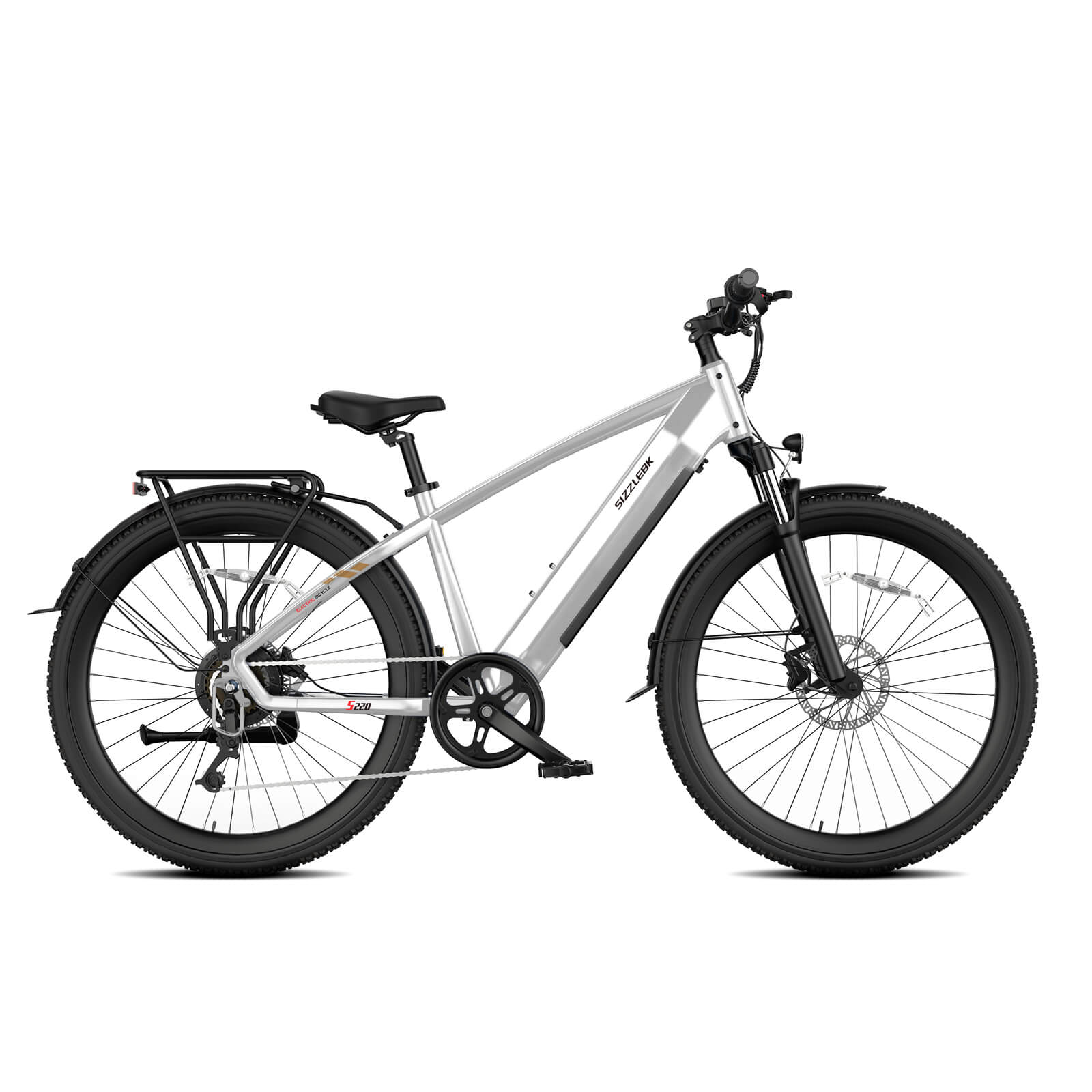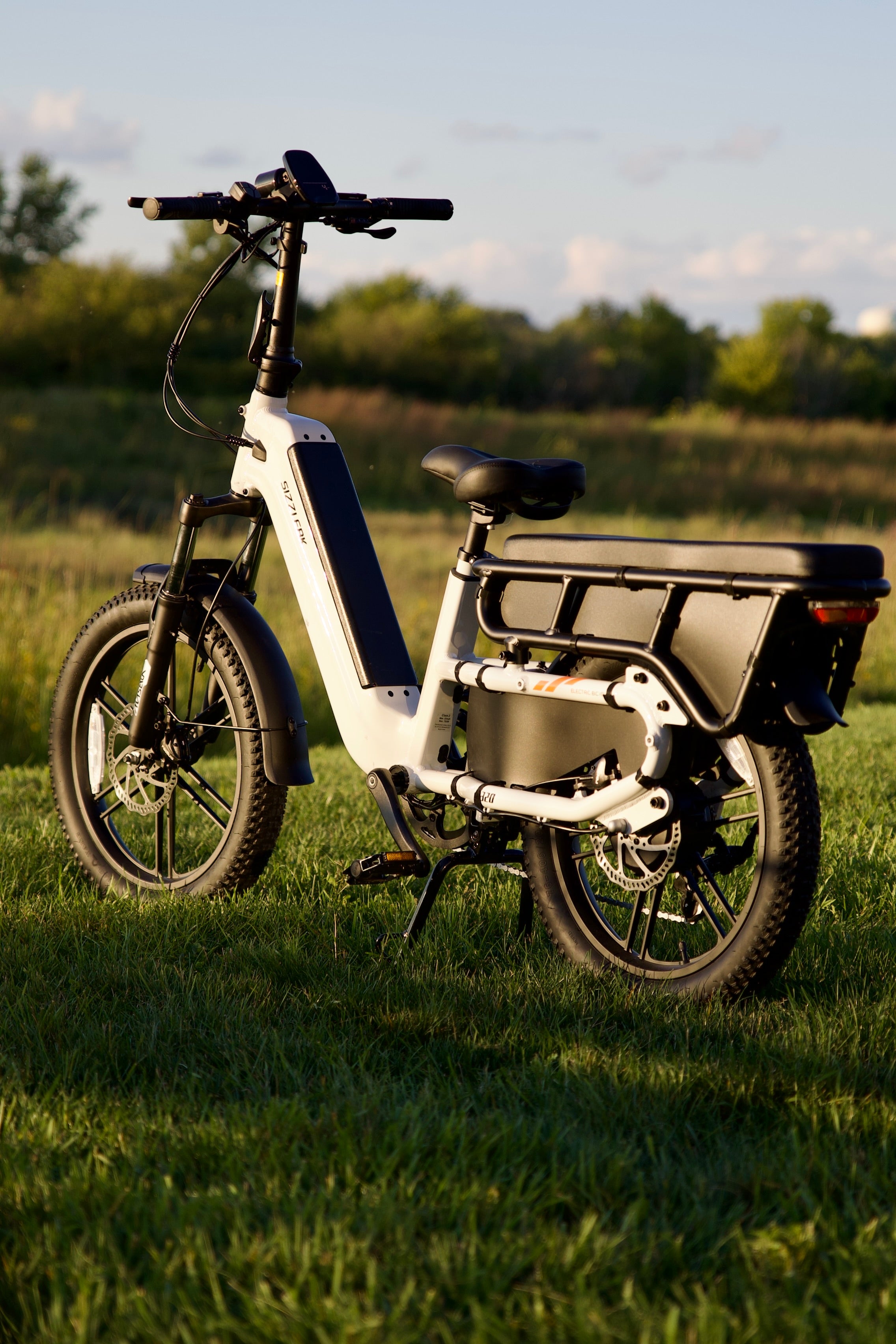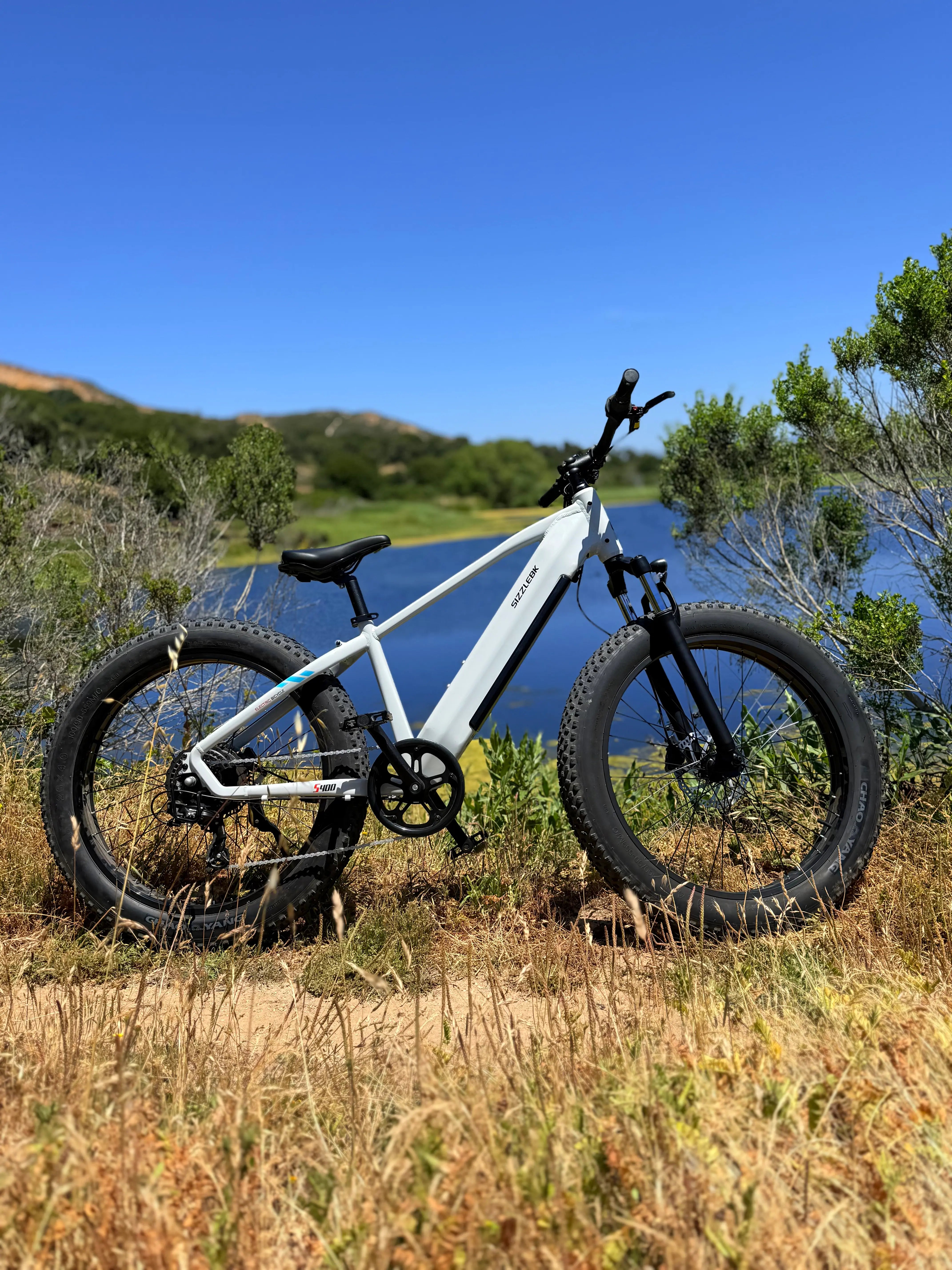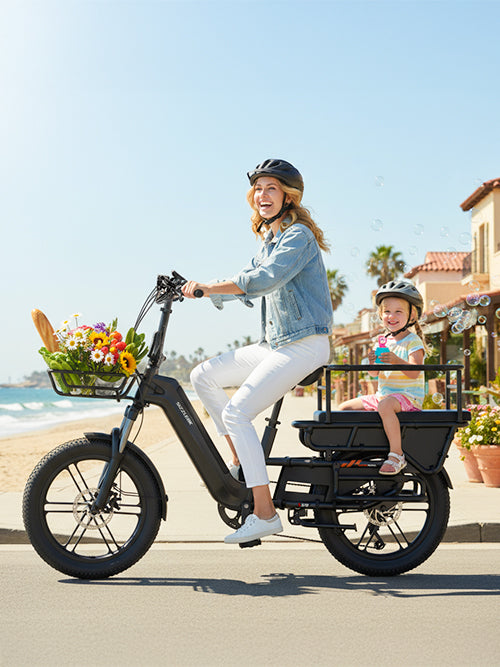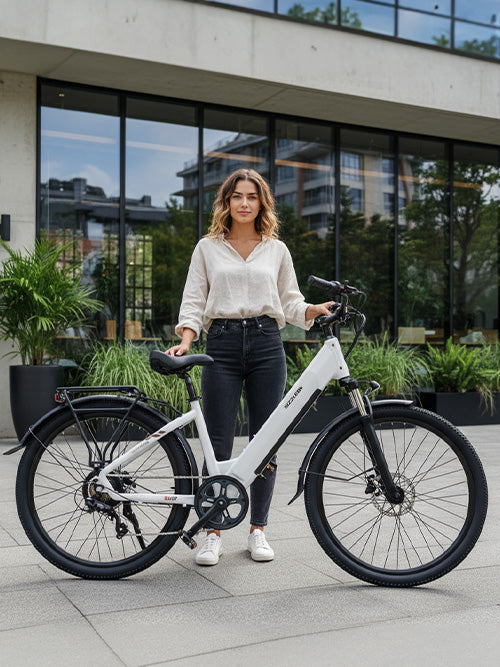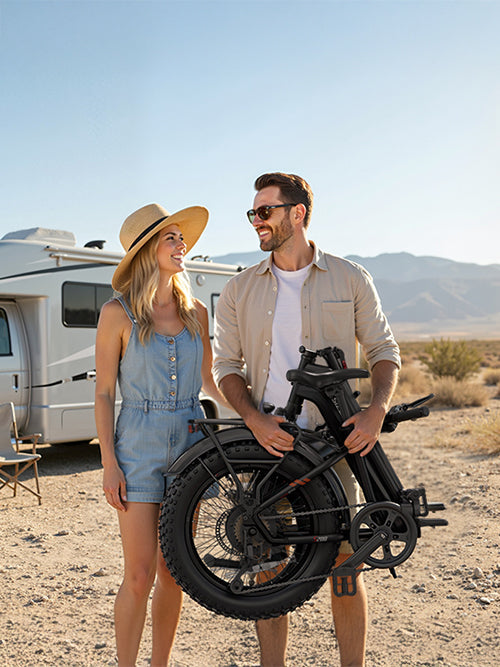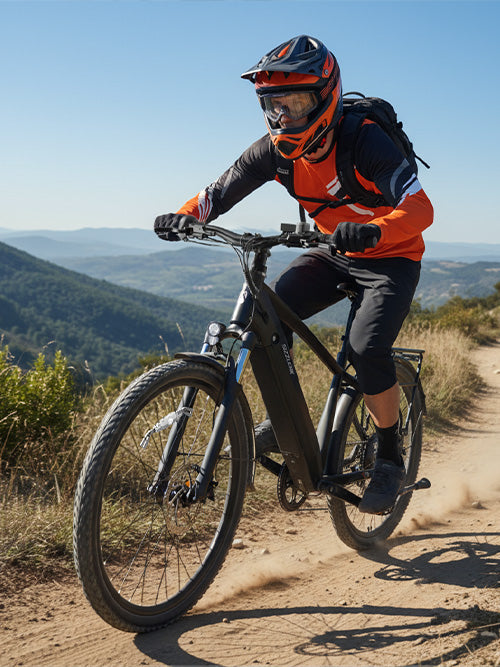In recent years, cycling has surged in popularity as a versatile and sustainable mode of transportation. Both urban commuters and recreational riders are exploring new ways to move efficiently, leading to the rise of diverse bike types. Among them, cargo e-bikes and regular bikes stand out as two prominent options, each catering to unique needs and lifestyles. Understanding their differences is key to making an informed choice for commuting, errands, or leisure.
Key Features of Cargo E-Bikes
Electric Assistance: Cargo e-bikes are equipped with an electric motor that provides pedal assistance, making it easier to carry heavy loads. Whether transporting groceries, children, or pets, the motor reduces physical strain and enables longer rides without fatigue.
Robust Design: These bikes feature sturdy frames, reinforced wheels, and advanced braking systems to safely handle additional weight. This stability and durability make them ideal for families, delivery services, and urban logistics.
Cargo Capacity: Cargo e-bikes often come with built-in racks, baskets, or attachment points for trailers and child seats. This versatility allows users to transport substantial loads safely and comfortably.
Eco-Friendly Transportation: While cargo e-bikes use electricity, they remain far more environmentally friendly than cars, reducing carbon emissions and helping cities decrease traffic congestion.
Key Features of Regular Bikes
Human-Powered Propulsion: Regular bikes rely entirely on rider effort. This category includes mountain bikes, road bikes, and hybrids, each tailored for specific terrains and activities.
Lightweight and Simple: Regular bikes are generally lighter and easier to maneuver. Their simplicity translates to lower maintenance requirements and greater portability.
Fitness Benefits: Riding a regular bike provides cardiovascular exercise, muscle strengthening, and overall fitness benefits, appealing to those who prioritize health and physical activity.
Affordability: Regular bikes are accessible across various budgets, making them a practical choice for students, casual riders, and those seeking low-cost transportation.
Performance Comparison
Speed and Effort: Cargo e-bikes offer enhanced speed and reduced fatigue through electric assistance, particularly beneficial on hills or when carrying heavy loads. Regular bikes depend on physical effort, which may limit speed but offers a rewarding workout.
Versatility and Load Capacity: Cargo e-bikes excel at transporting large items or multiple passengers with stability. Regular bikes can carry light loads with baskets or panniers but are not designed for heavy cargo.
Environmental Impact: Both bikes are eco-friendly alternatives to motor vehicles. Regular bikes produce zero emissions, while cargo e-bikes reduce car dependency and are environmentally preferable if charged using renewable energy.
Cost Considerations: Cargo e-bikes have higher upfront costs due to motor and battery technology, but they can save money long-term by reducing reliance on cars. Regular bikes are cheaper initially and easier to maintain, making them accessible for broader audiences.
Advantages and Drawbacks
Cargo E-Bikes:
-
Pros: High load capacity, effortless riding, eco-friendly, practical for families and businesses.
-
Cons: Higher initial cost, heavier and bulkier, dependency on battery power.
Regular Bikes:
-
Pros: Affordable, lightweight, portable, great exercise.
-
Cons: Limited load capacity, physical exertion required, less suitable in adverse weather conditions.
Choosing the Right Bike for You
-
Cargo E-Bike: Best for transporting goods, commuting long distances, carrying children, or living in hilly areas. Perfect for those seeking convenience and eco-friendly alternatives to cars.
-
Regular Bike: Ideal for fitness enthusiasts, short commutes, recreational cycling, or budget-conscious riders. Great for those who value simplicity and low-maintenance transportation.
Both cargo e-bikes and regular bikes contribute to sustainable transportation, promote healthier lifestyles, and offer practical solutions for navigating urban and suburban environments. Choosing between the two depends on your lifestyle, transportation needs, and personal preferences.
FAQs: Comparing Cargo E-Bikes and Regular Bikes
1. What is the main difference between cargo e-bikes and regular bikes?
Cargo e-bikes provide electric pedal assistance and higher load capacity, while regular bikes rely solely on human power and are lighter with simpler designs.
2. Are cargo e-bikes suitable for families?
Yes, cargo e-bikes often include child seats, trailers, and large cargo racks, making them ideal for transporting children and heavy loads safely.
3. Do regular bikes provide a better workout than cargo e-bikes?
Yes, riding a regular bike requires more physical effort, offering cardiovascular and muscle-strengthening benefits compared to the assisted pedaling of cargo e-bikes.
4. Which bike is more environmentally friendly?
Regular bikes produce zero emissions, but cargo e-bikes are still eco-friendly alternatives to cars, especially if charged with renewable electricity.
5. How much do cargo e-bikes cost compared to regular bikes?
Cargo e-bikes are generally more expensive due to electric motors and batteries, whereas regular bikes are more affordable and easier to maintain.
